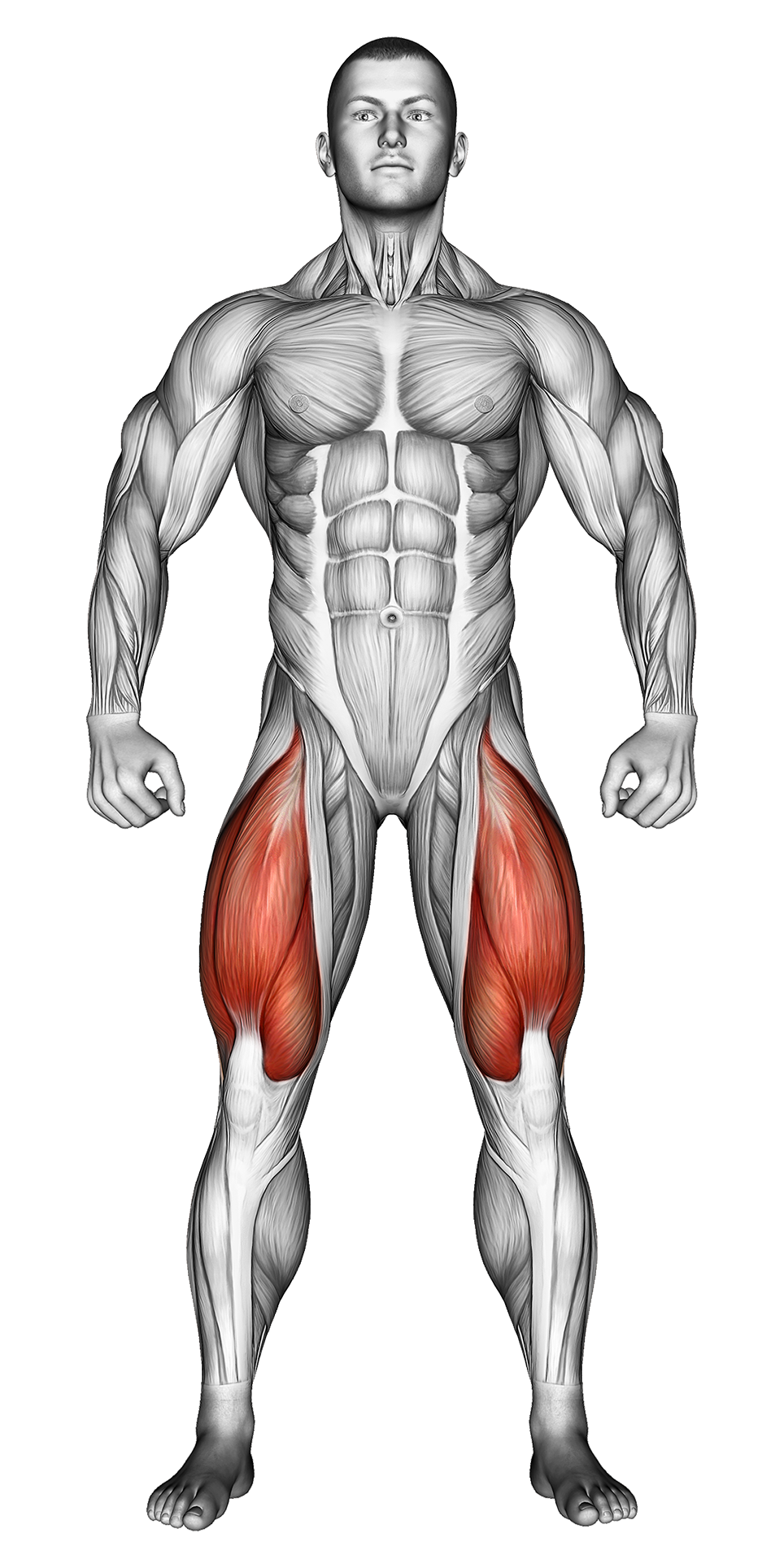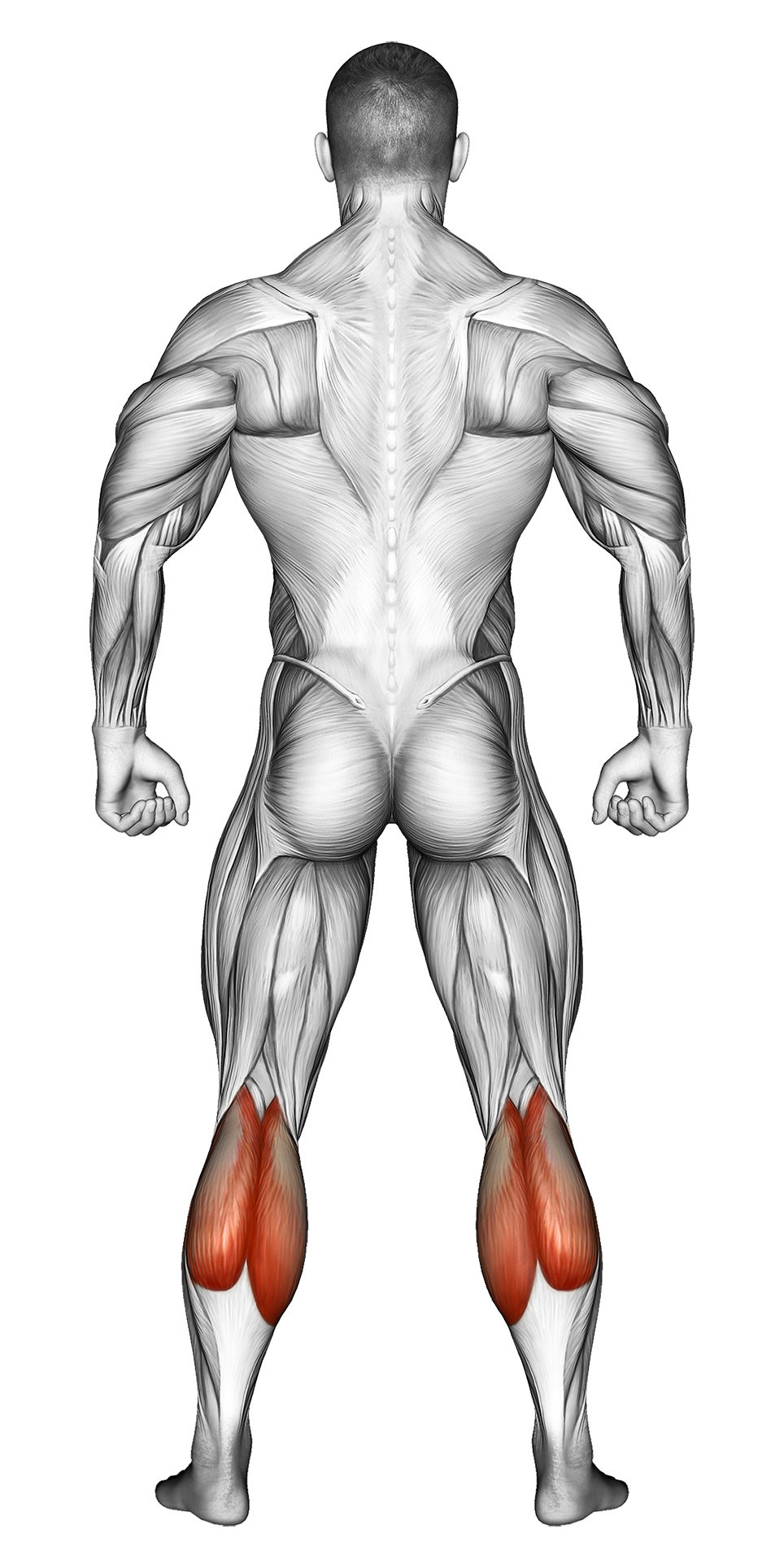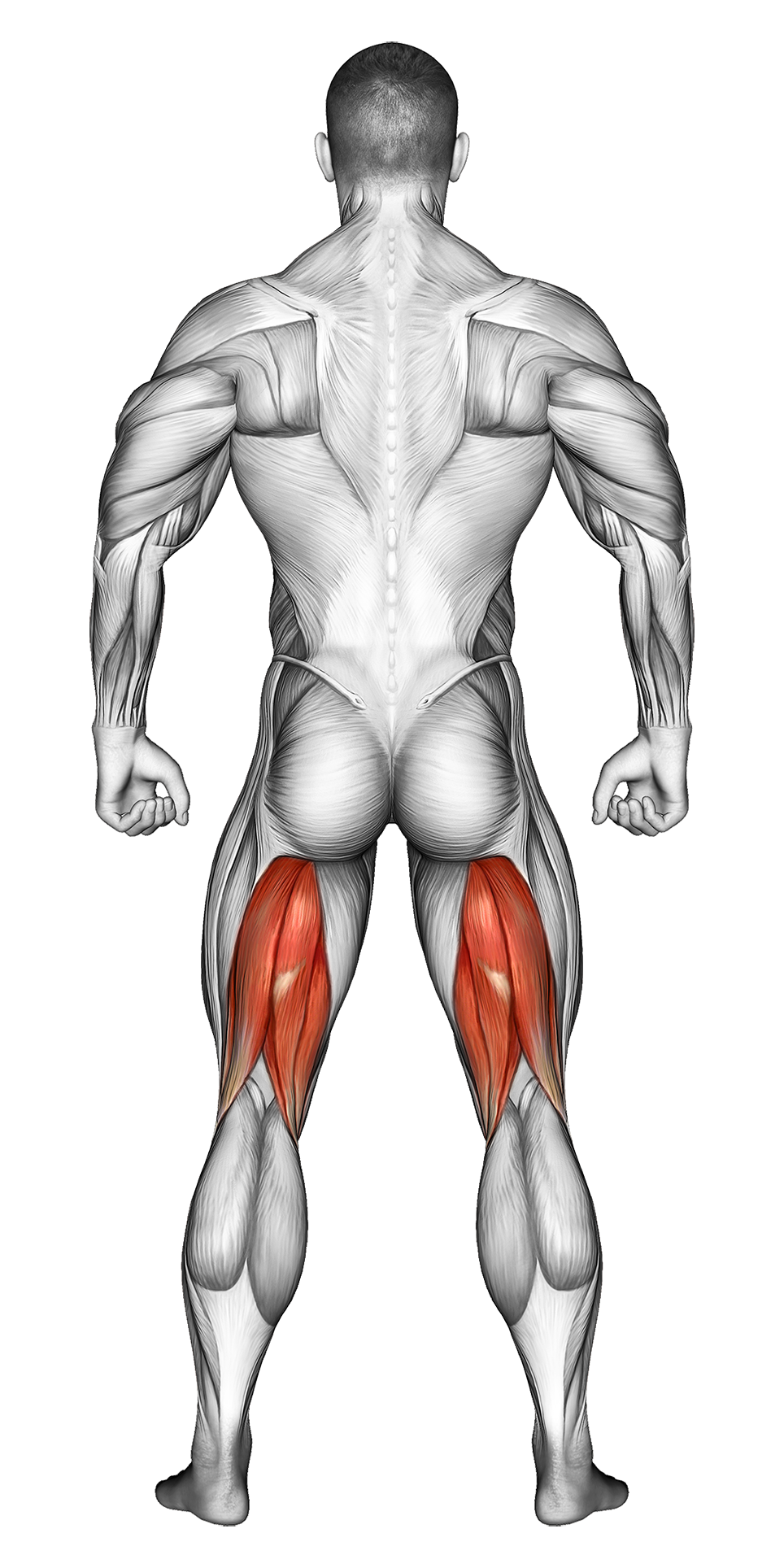Kettlebell Goblet Squat: Video Tutorial & Exercise Guide

Written By: Ether Brown
Updated: Oct 13, 2024
| Workout | Kettlebell Goblet Squat |
| Primary Muscle Group | Quads |
| Secondary Muscle Group | Glutes, Calves Hamstrings |
| Equipment Required | Kettlebell |
| Force Type | Push |
| Mechanics | Compound |
| Exercise Type | Strength |
| Difficulty | Intermediate |
Kettlebell Goblet Squat: Video Tutorial & Exercise Guide
- 1.Kettlebell Goblet Squat: Muscle Groups
- -1.1Primary Muscle Group
- -1.2Secondary Muscle Group
- 2.Kettlebell Goblet Squat: Step-by-Step Guide
- 3.Kettlebell Goblet Squat: Overview
- 4.Kettlebell Goblet Squat: Benefits
- 5.Kettlebell Goblet Squat: Pro Tips & Advanced Techniques
- 6.Kettlebell Goblet Squat: Progression Plan
- 7.Kettlebell Goblet Squat: Frequently Asked Questions (FAQs)
Secondary Muscles Group
Kettlebell Goblet Squat: Step-by-Step Guide
- Step 1: Stand with your feet shoulder-width apart, holding a kettlebell by the horns (the handles) close to your chest. Your elbows should point down, and your chest should remain lifted.
- Step 2: Engage your core and push your hips back as you begin to squat down, keeping the kettlebell close to your chest. Lower your body until your thighs are parallel to the ground or slightly below.
- Step 3: Ensure your knees track in line with your toes as you squat, and avoid letting your knees collapse inward. Keep your back straight and your chest up throughout the movement.
- Step 4: Push through your heels to return to the standing position, squeezing your glutes at the top of the movement.
- Step 5: Repeat for the desired number of reps, maintaining control and proper form throughout.
Kettlebell Goblet Squat: Overview
The Kettlebell Goblet Squat is an effective lower-body exercise that targets the quadriceps, hamstrings, glutes, and core. Holding the kettlebell in front of your chest helps engage your upper body and core for stability, while the squatting movement works your lower body. This squat variation is beginner-friendly but can be scaled for advanced lifters by using a heavier kettlebell.
Suitable for all fitness levels, the Kettlebell Goblet Squat is an excellent exercise for building lower body strength, improving core stability, and enhancing functional movement patterns.
Kettlebell Goblet Squats: Benefits
Kettlebell Goblet Squats are great for developing strength in the quadriceps, hamstrings, and glutes. The front-loaded position also engages the core, helping to improve stability and balance throughout the movement. This exercise promotes better posture by encouraging you to keep your chest lifted while performing the squat.
Additionally, the Kettlebell Goblet Squat is an excellent functional movement that mimics everyday activities like lifting objects from the ground, making it ideal for enhancing overall strength and mobility.
Kettlebell Goblet Squat: Pro Tips & Advanced Techniques
Focus on keeping your core tight throughout the movement to protect your lower back. Keep your chest lifted and ensure that your knees track in line with your toes to avoid any strain on your knees. For an added challenge, try slowing down the eccentric (lowering) phase to increase time under tension, or use a heavier kettlebell to intensify the workout. You can also add a pause at the bottom of the squat to increase muscle engagement.
Kettlebell Goblet Squats: Progression Plan
Beginner
Intermediate
Advanced
Kettlebell Goblet Squat: Frequently Asked Questions (FAQs)
What muscles do Kettlebell Goblet Squats target?
+Kettlebell Goblet Squats primarily target the quadriceps, hamstrings, glutes, and core. The upper body is also engaged for stability.
Are Kettlebell Goblet Squats suitable for beginners?
+Yes, Kettlebell Goblet Squats are beginner-friendly. Start with a light kettlebell to learn the form and gradually progress to heavier weights as your strength improves.
How often should I perform Kettlebell Goblet Squats?
+Incorporate Kettlebell Goblet Squats into your lower body or full-body workout 1-2 times per week, allowing adequate recovery between sessions.
What common mistakes should I avoid?
+Avoid leaning forward or letting your knees collapse inward. Keep your back straight, chest lifted, and knees tracking in line with your toes throughout the movement.
Can I use a heavier kettlebell to make the exercise more challenging?
+Yes, increasing the weight of the kettlebell is a great way to intensify the exercise and build more strength. Just make sure you can maintain proper form with the added weight.
Share
Don’t Wish for It, Work for It – Join the FlexXP Newsletter Today!
Thank you for signing up for the FlexXP Newsletter!
This site is protected and the Google Privacy Policy and Terms of Service apply.



